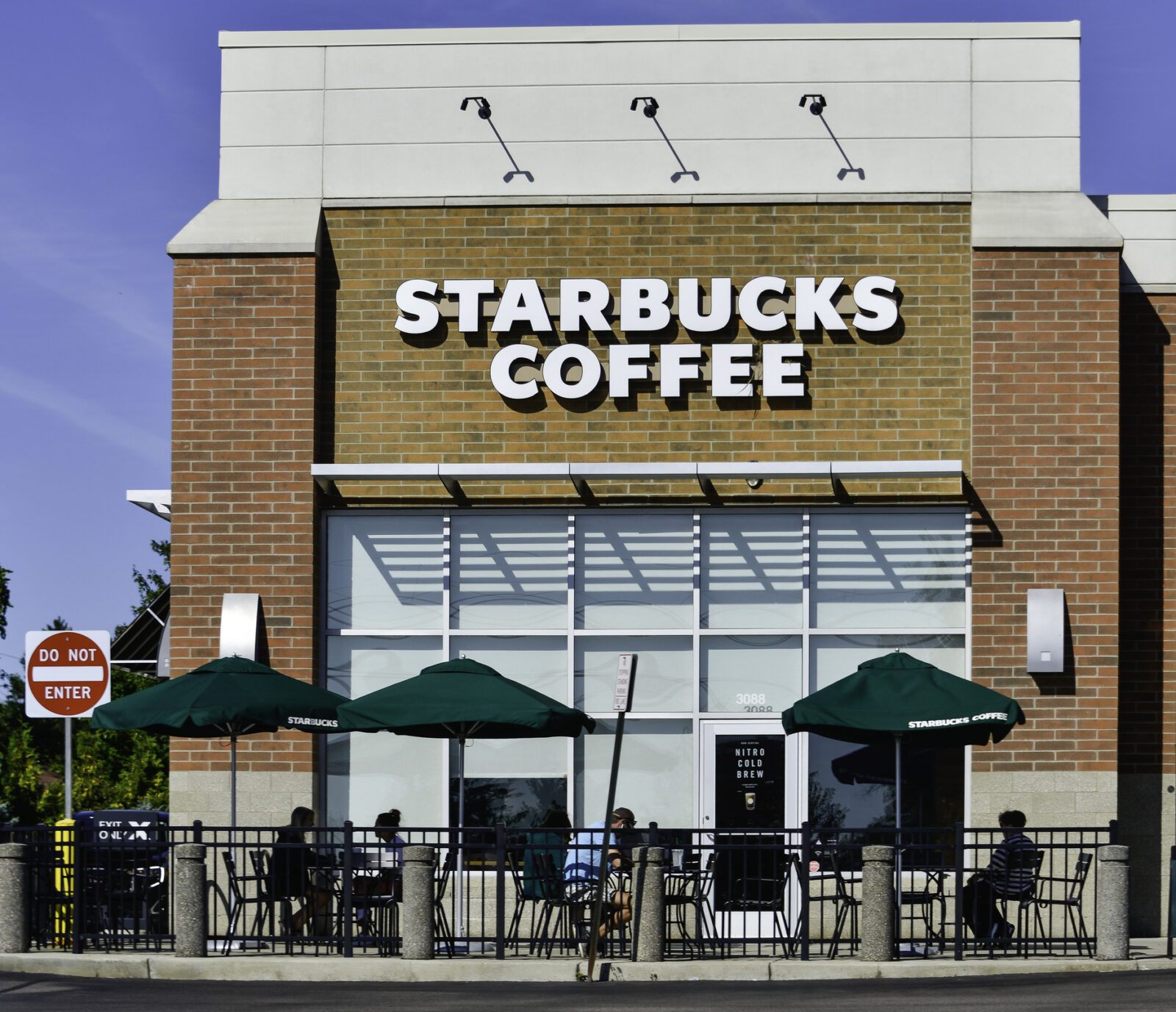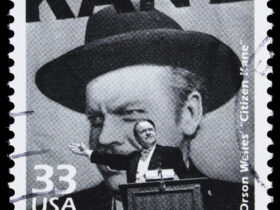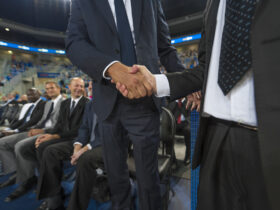The company has hired its fourth CEO since 2018
I’ll admit that the first question I thought of when I heard Starbucks was axing its CEO in favor of Chipotle CEO Brian Niccol was – Is the Venti cup going to be shrunk to the size of a Grande?
Okay, a little Chipotle humor there (they’ve been accused lately of shrinking their portions), but wow, for Starbucks to name its fourth CEO since 2018 says a lot about the kind of trouble Starbucks has found itself in.
Overall, the company is struggling with a consumer retreat, resulting in two consecutive quarters of sales declines at stores open for at least a year. Howard Schultz, twice its CEO and biggest individual investor, has publicly criticized the company’s leadership, even though he handpicked now-former CEO Laxman Narasimhan, who lasted just a little more than a year. Activist investors have also not been happy, and Starbucks’s venture into China has not gone well (based on my own experience a few years ago, Starbucks in Shanghai is beautiful but empty).
I don’t want to skip ahead to the last chapter, but the end of the story is that Starbucks has dismally failed to meet the needs of its customers by not reading the tea leaves (sorry, not sorry).
Starbucks used to be referred to as the McDonald’s of coffee, but ironically, some now would rather drink coffee under the golden arches. Not only is it less expensive, but in actuality (and I’m a certified coffee snob) it’s less bitter and smoother to some.
Let’s face it: Starbucks went from a status symbol (when people would hoist their cups in traffic like the first car cell phones) to a habit that was easy to break. I still stop by every now and then when I see one because of convenience. But if a Dunkin were on every corner in Michigan like it is on my original home turf in New England, I’d probably never order a coffee again in a fake Italian-branded cup size.
Anyone who owns a coffee shop realizes that you don’t make any money on what’s on the sign; you make it on sandwiches and other food, where Starbucks fails miserably.
They went corporate and their food tastes like it.
Dunkin has donuts, Tim Horton’s has muffins and pastries and Biggby has sandwiches and bagels. Now, understand that Starbucks has these, too, but who wants to spend $3.25 for a tiny bagel sans cream cheese (which is extra), $3.65 for a muffin, or $5.45 for two tiny egg white bites with red pepper? So when you’re really just relying on the coffee ($5.25 for a grande cappuccino and $3.25 for a black coffee) and people’s fickle tastes have changed, why not change up the menu to make it more consumer-friendly?
It also seems they don’t want you hanging around anymore. Starbucks constantly pushes their app orders, which used to give out discount points and then cut the program back. Also, the comfy furniture in many locations that made the store welcoming has all but disappeared, replaced with IKEA-style blonde furniture that a customer’s support animal probably wouldn’t even feel comfortable on.
A few years ago, I frequented a Starbucks in an upscale town in Oakland County that was close to a client location. If I showed up any time before 9 a.m., there would be a line a mile long of mostly young private school students (I could tell by their tartan and plaid skirts) waiting for their fancy drinks with their parent’s credit cards. Those days are gone, and parents (and patrons) are cutting back.
This is a lesson for any service organization. Being price conscious, customer service focused, and not forgetting what got you there are three things any business in any economic environment needs to survive. People aren’t “getting a Starbucks” anymore. They’re “getting a coffee” they can afford – in a place that makes them feel like they can sit for a few and enjoy the experience.






Leave a Reply